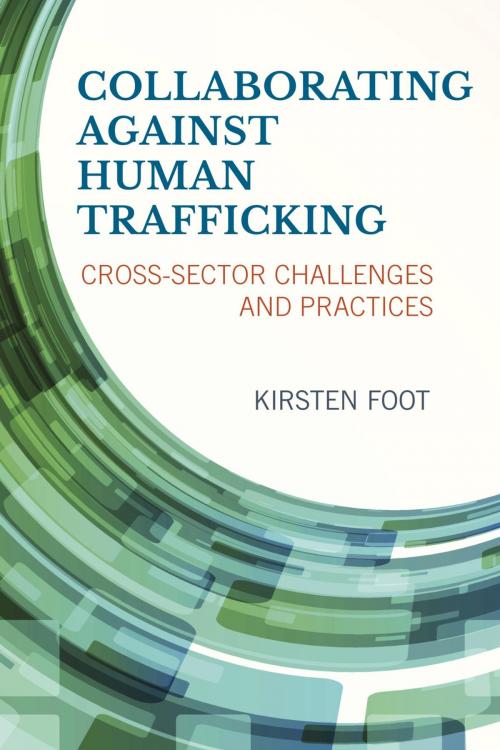Collaborating against Human Trafficking
Cross-Sector Challenges and Practices
Nonfiction, Reference & Language, Language Arts, Communication, Social & Cultural Studies, Social Science, Discrimination & Race Relations, Political Science| Author: | Kirsten Foot, University of Washington | ISBN: | 9781442246942 |
| Publisher: | Rowman & Littlefield Publishers | Publication: | September 3, 2015 |
| Imprint: | Rowman & Littlefield Publishers | Language: | English |
| Author: | Kirsten Foot, University of Washington |
| ISBN: | 9781442246942 |
| Publisher: | Rowman & Littlefield Publishers |
| Publication: | September 3, 2015 |
| Imprint: | Rowman & Littlefield Publishers |
| Language: | English |
In the fight against human trafficking, cross-sector collaboration is vital—but often, systemic tensions undermine the effectiveness of these alliances. Kirsten Foot explores the most potent sources of such difficulties, offering insights and tools that leaders in every sector can use to re-think the power dynamics of partnering.
Weaving together perspectives from many sectors including business, donor foundations, mobilization and advocacy NGOs, faith communities, and survivor-activists, as well as government agencies, law enforcement, and providers of victim services, Foot assesses how differences in social location (financial well-being, race, gender, etc.) and sector-based values contribute to interpersonal, inter-organizational, and cross-sector challenges. She convincingly demonstrates that finding constructive paths through such multi-level tensions—by employing a mix of shared leadership, strategic planning, and particular practices of communication and organization—can in turn facilitate more robust and sustainable collaborative efforts. An appendix provides exercises for use in building, evaluating, and trouble-shooting multi-sector collaborations, as well as links to online tools and recommendations for additional resources.
All royalties from this book go to nonprofits in U.S. cities dedicated to facilitating cross-sector collaboration to end human trafficking. For more information and related resources, please visit http://CollaboratingAgainstTrafficking.info.
In the fight against human trafficking, cross-sector collaboration is vital—but often, systemic tensions undermine the effectiveness of these alliances. Kirsten Foot explores the most potent sources of such difficulties, offering insights and tools that leaders in every sector can use to re-think the power dynamics of partnering.
Weaving together perspectives from many sectors including business, donor foundations, mobilization and advocacy NGOs, faith communities, and survivor-activists, as well as government agencies, law enforcement, and providers of victim services, Foot assesses how differences in social location (financial well-being, race, gender, etc.) and sector-based values contribute to interpersonal, inter-organizational, and cross-sector challenges. She convincingly demonstrates that finding constructive paths through such multi-level tensions—by employing a mix of shared leadership, strategic planning, and particular practices of communication and organization—can in turn facilitate more robust and sustainable collaborative efforts. An appendix provides exercises for use in building, evaluating, and trouble-shooting multi-sector collaborations, as well as links to online tools and recommendations for additional resources.
All royalties from this book go to nonprofits in U.S. cities dedicated to facilitating cross-sector collaboration to end human trafficking. For more information and related resources, please visit http://CollaboratingAgainstTrafficking.info.















